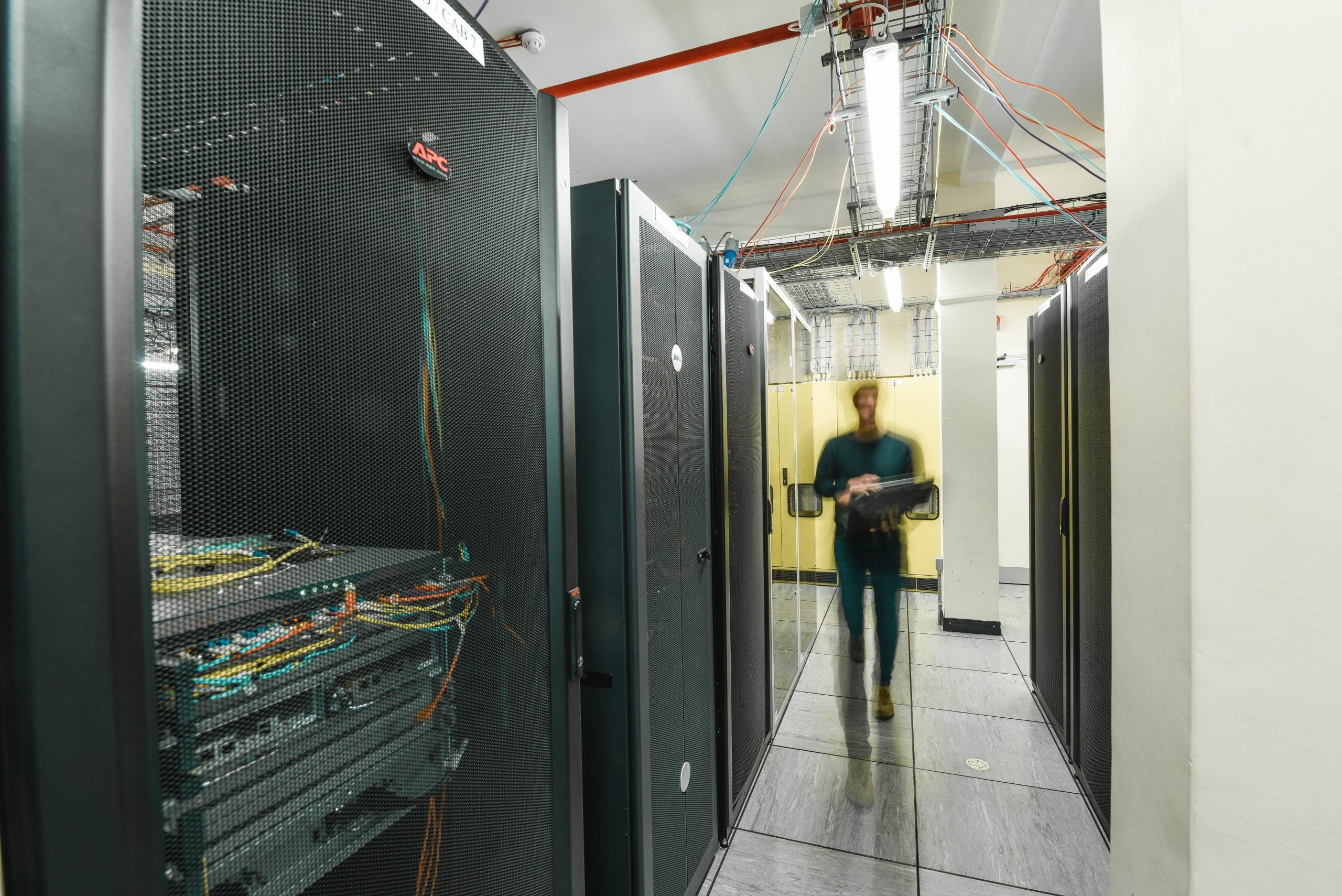
Cyber Security Insights for the Public Sector
We understand that identifying and onboarding the right cyber security experts can be difficult. Our insights explore how public sector organisations can achieve cyber resilience and ensure that solutions they put in place are right for the long-term – sharing our insights, knowledge and experience on how to manage cloud environments and proactively protect your networks, systems and data.
Alongside our Cyber Essentials Plus certification, Cantium provides Cyber Security services to the largest Local Authority in the UK and several educational establishments. We keep up to date with the latest developments in cyber security and provide you with insights from across the sector on how you can prevent security incidents, and best prepare your organisation for an attack.

Accelerated Adoption of Cloud Technologies
Undoubtedly, the disruption caused by the COVID-19 pandemic over the past few years has prompted an accelerated adoption of cloud technologies. Services were spun up almost overnight, and they played an instrumental role in maintaining operational resilience and enabling public sector organisations to continue delivering vital frontline services to citizens. For many, the pandemic has been a catalyst for change and brought home the need for greater flexibility, scalability and a robust IT infrastructure.
Policies like the government’s ‘Cloud First’ approach have been key in enabling the public sector to embrace this recent period of accelerated digitalisation. The approach encourages the consideration of cloud solutions before any other option and is designed to reduce public sector spending on outdated IT and technology ecosystems. With the use of legacy technology comes vulnerabilities and a greater risk of being exploited by cyber criminals. Rather than spending valuable funds on hardware, software, licensing and renewal fees, organisations pay
the provider for what they use, when they need it.
Cost reduction is one of the main benefits of cloud environments, but organisations also gain much more with IT infrastructure that allows the workforce to be more flexible and gives organisations the ability to adapt to change. By using the cloud, services can be easily scaled to meet requirements, providing organisations with the ability to manage costs and meet rapidly changing demands.
Clearly, the promise of cloud is enormous, but even accelerated cloud migration projects need to be well thought out. Ultimately, organisations need to strike a balance between making the most of the efficiencies modern cloud-based environments bring whilst ensuring that the pace of uptake is never at the expense of security for users and above all else, the citizens they serve.

Exposure Management: A Unified Approach
Cybersecurity professionals have long been discussing the pros and cons of a preventive security program built on best-of-breed point tools, versus using a consolidated platform approach.
As the attack surface gains complexity, cybersecurity teams are facing an overload of new solutions addressing threat detection and incident response. However, these multiple solutions provide different metrics, reporting, and training requirements making it difficult to unify different risk metrics and succinctly communicate an organisation’s security status. The result is often an inability to effectively answer the vital question “how secure are we?”.
A July 2022 study from ESG and the Information Systems Security Association (ISSA) showed that most organisations are now employing, or expect to employ a security platform strategy. The study, based on a survey of 280 cybersecurity professionals, revealed that fewer than one fourth of respondents choose to purchase ‘best-of-breed’ security products. The study identified numerous issues with not taking a platform approach, including:
- increased training requirements
- difficulty in getting a comprehensive assessment of an organisation’s security posture
- the need to take a manual approach to fill gaps between different vendors’ products
The survey identified many benefits of a consolidated platform approach. These include greater operational efficiencies, tighter integration between previously disparate security controls and better cyber risk identification.
We believe that a platform approach to preventive cybersecurity is essential for any organisation looking to achieve an accurate and contextualised view of their exposure. By harnessing the power of the Tenable One Exposure Management Platform we can help authorities to protect all of their assets, better understand their cyber risks and accurately communicate these to support optimal business performance. Coupled with our experience in the public sector, our team can support with the remediation of vulnerabilities and recovery from cyber incidents,
Cantium’s Experience of Threat and Vulnerability Management
This clip is from a Cantium webinar, ran in partnership with Tenable, where Cantium's Threat & Vulnerability Manager speaks about decreasing vulnerability remediation trend and comparing how Cantium's customers completed this using Nessus and the Tenable One Exposure Management Platform, which resulted in 80% time savings.
Also discussed is:
• Delivering PSN adherence
• PSN Audit RAP (Remediation Action Plans)
• ServiceNow ITSM Integration
• PSN and Future Networks for Government network
• The Technology Code of Practice

The Zero Trust Security Model
Our insight into building secure cloud environments by using the ‘zero trust’ security model provides you with valuable information on how to start implementing this strategy.
Starting with understanding the data that you have and classifying it, through to building out this security model within your estate and protecting your employees while simultaneously not restricting them.
You can find out more information about how to implement this model within your organisation below.
More Cyber Security News and Insights
View allPress Coverage

22 April, 2022
UK Tech News
Cantium and the Eastern Cyber Resilience Centre partner to help schools close the cyber security skills gap.

22 April, 2022
North East Business Resilience Centre
Cantium's cyber survey reveals over 75% of UK headteachers believe they face an increased risk of cyber attack

6 April, 2022
FE News
We explore how mindset and awareness are key to preventing cyber attacks and to safeguarding staff and pupils
Related Services
Who We Are
Working with Cantium means that public funds continue to support front-line public services. We believe in profit for a purpose and giving back to services that support our communities


